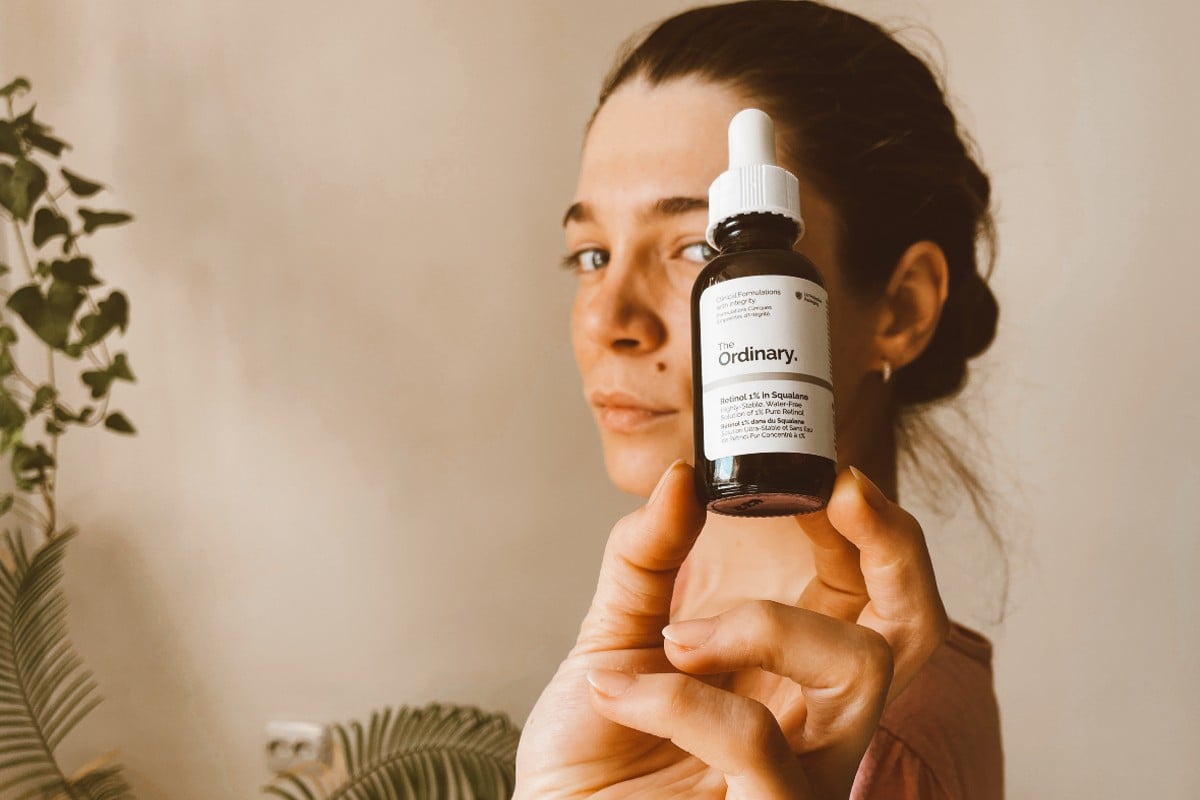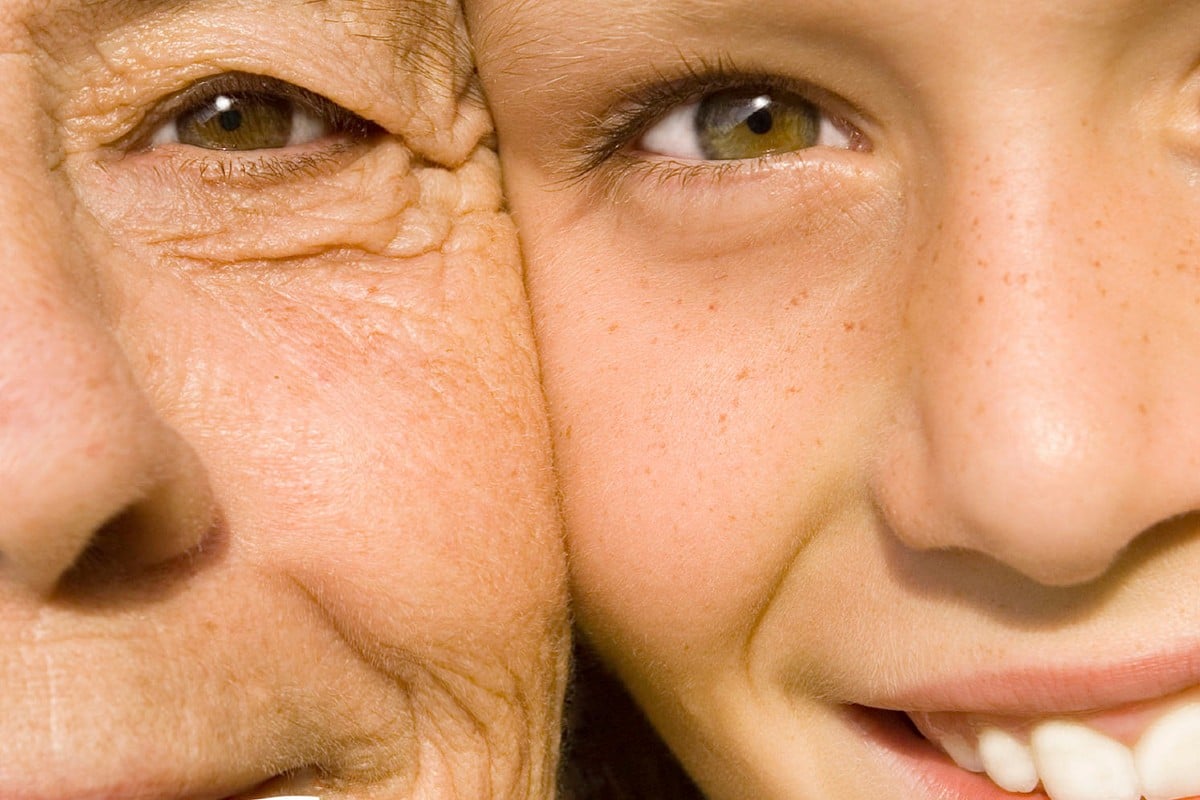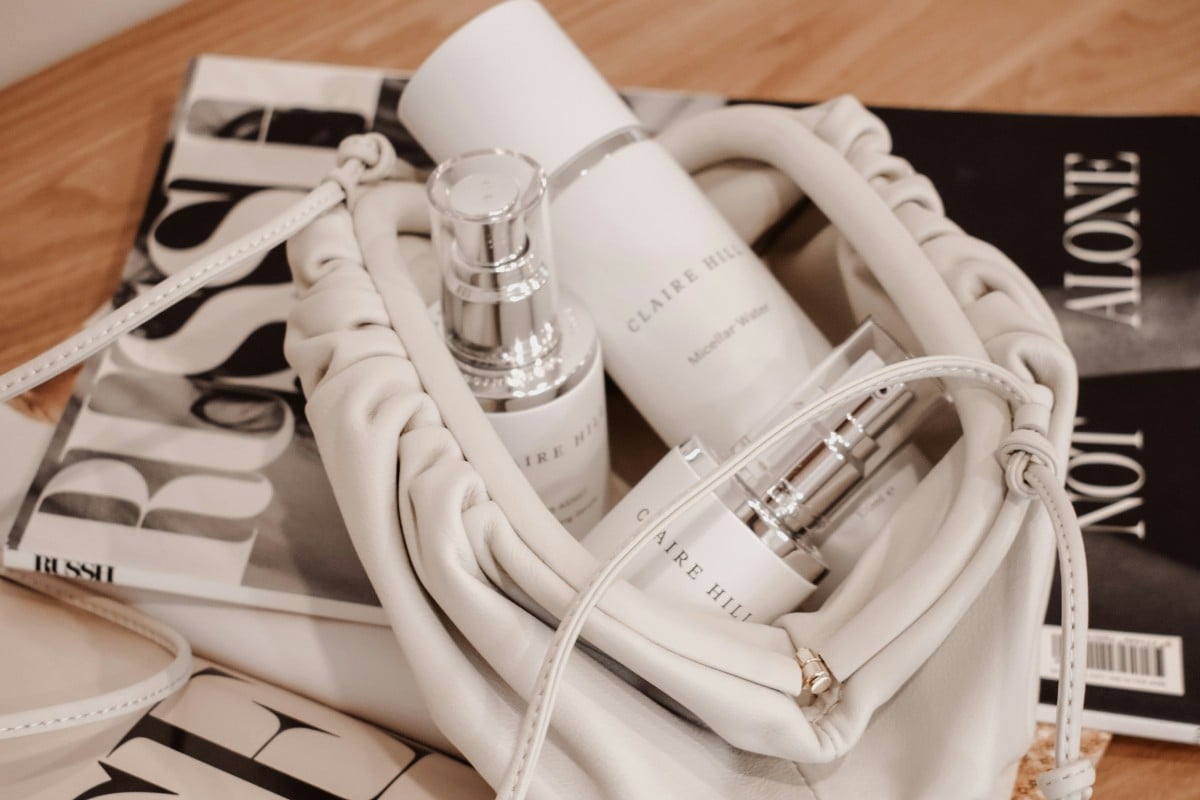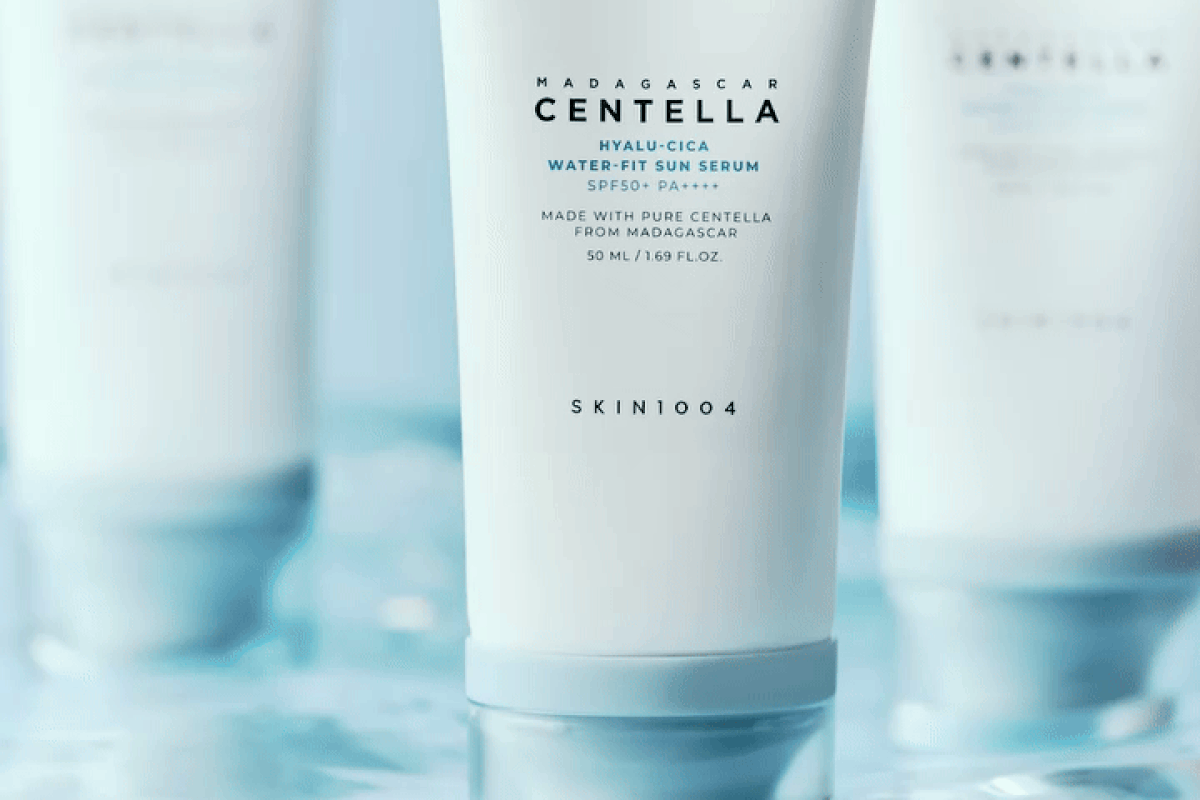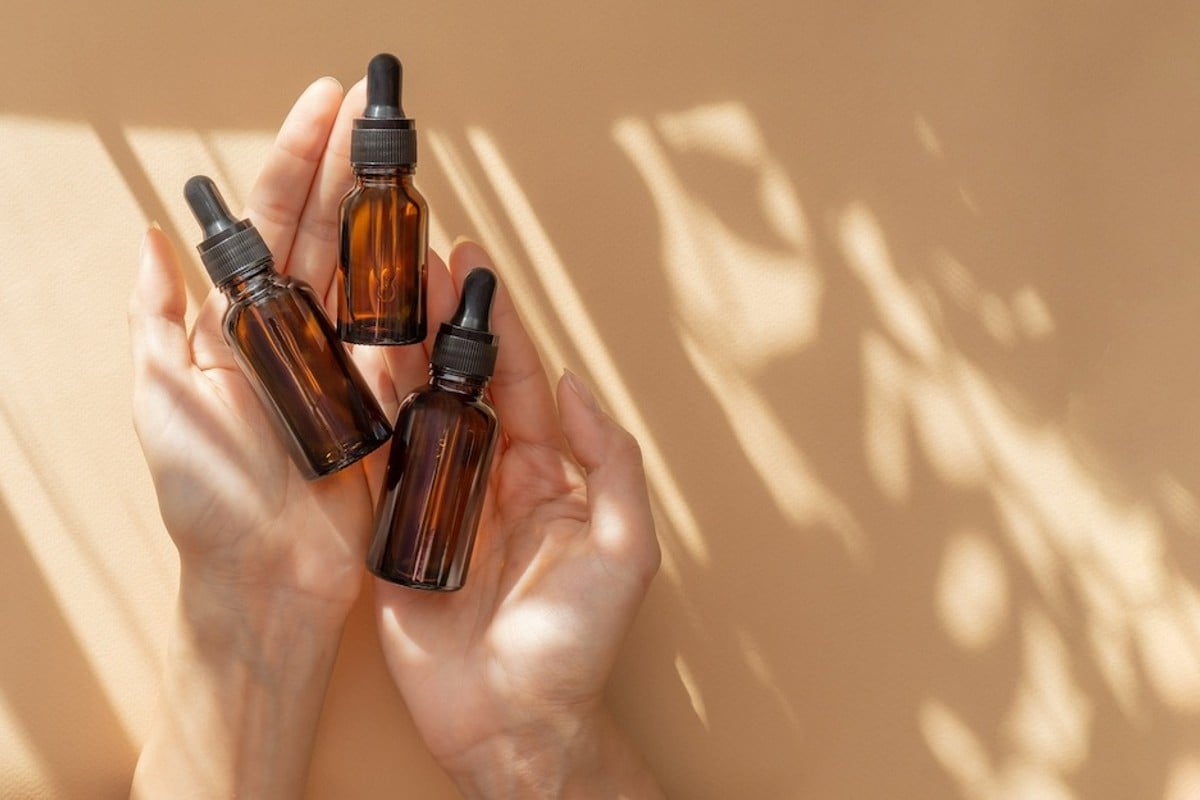You may feel nervous about mixing skincare ingredients despite their perfect resume because you don’t know how they would react, especially when it comes to retinol, the one known to trigger sensitivities if not used correctly. Niacinamide, on the other hand, is gentle and encourages skin repair, but this aside, many people are still left with an important question: Can you use niacinamide and retinol together? In this post, we’re diving deep into everything there is to know about using niacinamide and retinol in your routine to get the best version of your skin, so stay tuned.
What is niacinamide?
Niacinamide, also known as vitamin B3, is a multi-tasker that helps keep skin hydrated, fades dark spots, eases redness, and balances sebum. Moreover, niacinamide shields the skin from sun damage and oxidative stress since is an antioxidant. Last but not least, niacinamide fortifies the protective barrier by helping the skin retain more moisture.
What is retinol?
Retinol is a type of retinoid, a vitamin A derivative, that has antioxidant and cell-communicating activities, protecting the skin and dictating cells to “behave.” Retinol encourages cell turnover, making room for new, healthy cells to take their place, resulting in smoother, softer skin, less visible dark spots, less oil, and fewer pimples.
Benefits of using niacinamide and retinol together
Niacinamide and retinol are powerful actives you can use separately, but they perform even better when used together. Read on to find out the benefits of pairing these two powerhouses into your skincare regimen.
Increased skin hydration
Most issues are caused by the lack of moisture in the skin. When your skin cannot retain enough water, tone appears uneven, fine lines are more visible, and skin is more susceptible to irritation. Niacinamide improves moisture retention by stabilizing the protective barrier’s function thanks to its ability to increase the number of lipids in the outermost skin layer.[1] And since retinol is known to leave skin parched, niacinamide can be used to counteract its drying effects. This is one of the reasons you should use retinol and niacinamide together.
Reduced irritation
Although retinol is used in most skincare products due to its ability to stimulate cell renewal, it can cause irritation when used alone. Another reason for using retinol with niacinamide together is to calm the side effects of retinol. Pre-treating your skin with niacinamide can fortify the barrier and minimize irritation chances.
In one clinical research, women with photodamaged skin were assigned two different cosmetic moisturizers to apply to their faces. They were told to use a niacinamide moisturizer on one side of the face and another plain moisturizer on the other half for ten weeks. At the end of the treatment period, they were asked to apply a prescription form of retinol (tretinoin) to the whole face at night. Interestingly, the results showed that the part of the face pre-treated with niacinamide could tolerate tretinoin much more than the other half treated with a plain moisturizer.[2]
They work at similar pH levels
One of the major challenges of combining skincare products is knowing the products that work at the same or similar pH levels. You could undermine a product’s effectiveness if you mix it with another one that works at a different pH level. Thankfully, both retinol and niacinamide work at similar pH levels (5.5-6 for retinol and 5.0 and 7.0 for niacinamide). Hence, there is little or no risk of one ingredient altering the pH of the other and rendering your products ineffective.
Increasing skin cell renewal
Another great reason you should use retinol and niacinamide together is to increase the rate of cell turnover. Dead cells can only be shed from the outermost layer when the skin is properly hydrated. When its hydration is below the threshold level, it takes longer to shed dead cell buildup, prohibiting renewal. Studies have shown that niacinamide can improve the effects of retinol in facilitating cell turnover. Actually, it was found that improvements in skin texture, fine lines, and wrinkles are more noticeable when retinol is used together with niacinamide.[2]
How to use niacinamide and retinol together
The easiest way to apply niacinamide and retinol together is by using a product that contains both. However, you can also apply them separately in your PM routine; in this case, you should apply niacinamide before retinol because the former is water-soluble, while the latter is oil-soluble. Alternatively, you can use niacinamide in the morning and retinol at night.
Summary
Niacinamide and retinol are a perfect pair for tackling the loss of firmness, breakouts, excess sebum, and uneven tone. They work great on their own, but they give the best results when combined. Use niacinamide and retinol together in one product or separately, either in your PM routine or keep the niacinamide for the morning and retinol for nighttime. If you are reactive to retinol, pre-treat your skin with niacinamide for a couple of weeks before commencing retinol use to reduce the chances of side effects.
- Tanno O, Ota Y, Kitamura N, Katsube T, Inoue S. Nicotinamide increases biosynthesis of ceramides as well as other stratum corneum lipids to improve the epidermal permeability barrier. Br J Dermatol. 2000 Sep, https://pubmed.ncbi.nlm.nih.gov/10971324/
- Draelos ZD, Ertel KD, Berge CA, Facilitating Facial Retinization Through Barrier Improvement, Cutis. 2006 October, https://www.mdedge.com/dermatology/article/67426/facilitating-facial-retinization-through-barrier-improvement



